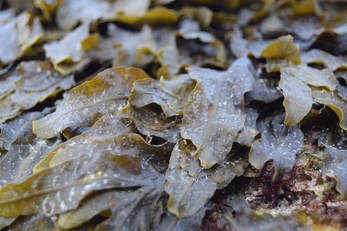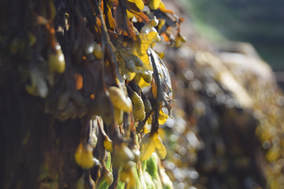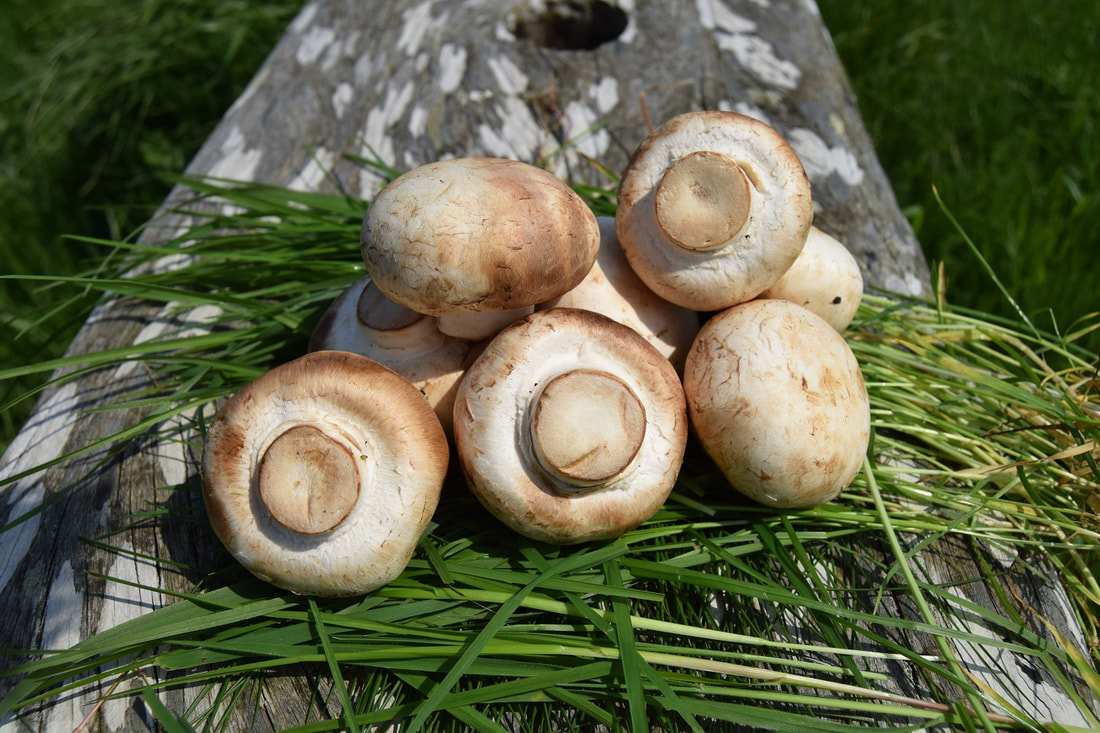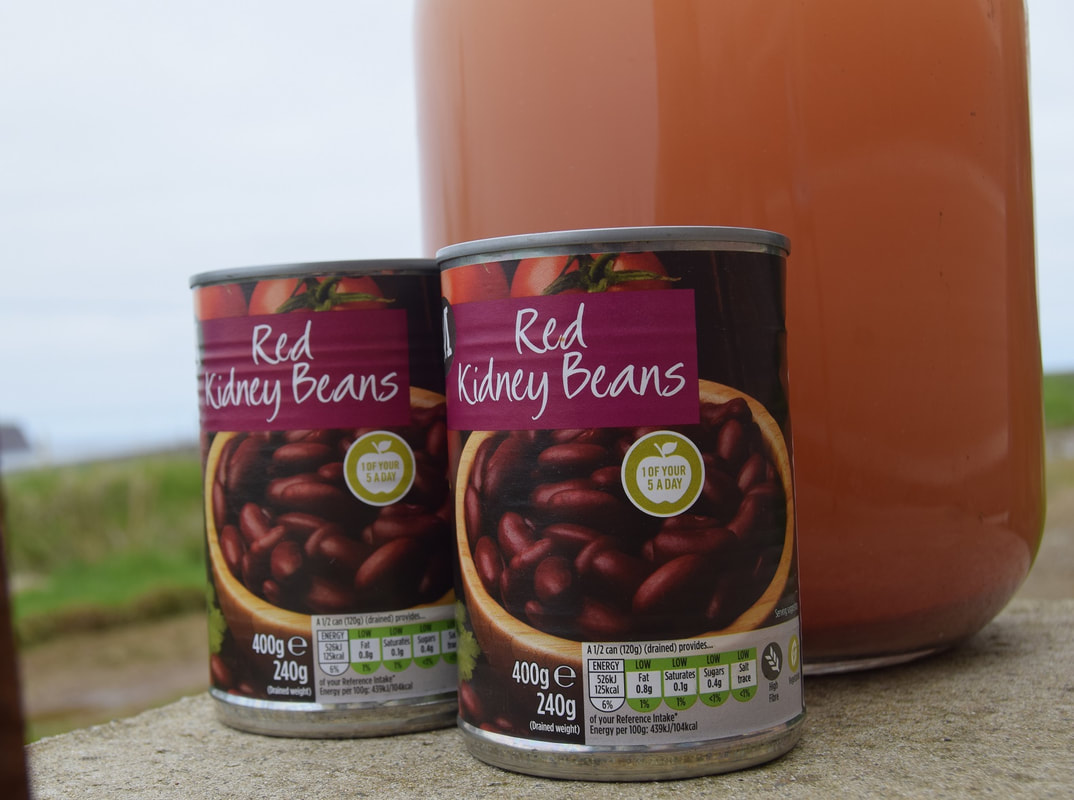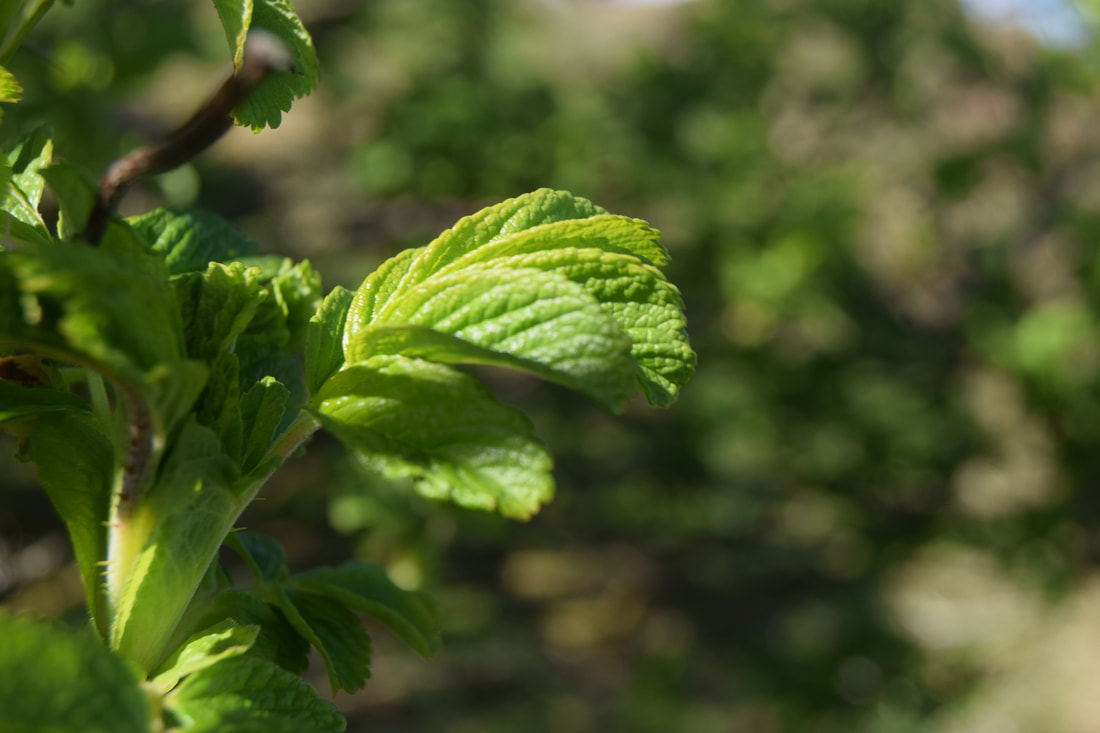Seaweed Wine
(the experiment)
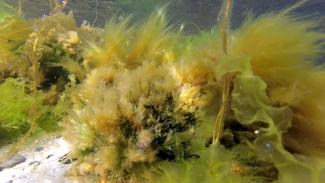 Making homebrew from seaweed
Making homebrew from seaweed
Living on a small island in the North Sea, you do develop a wonderful relationship with the ocean. One of respect, wonder and appreciation as it offers an abundance of culinary delights. The ability to catch fish and lobsters is the obvious bounty from the shoreline, but dig a little deeper into the largess for the larder and you can find oodles of oddities for your culinary cupboard.
|
Whilst walking the beaches and coastlines, discovering new caves and the occasional seal, I contemplated making wine from the seaweed forest that swayed in the reef just beyond the intertidal zone.
A few weeks of researching, trying to find recipes and methods, yet coming up a blank. I decided to create my own recipe for seaweed wine! The most unusual wines can sometimes be surprisingly good! |
I am digressing from the seaweed wine recipe that I want to discuss today. As there are over 650 types of seaweed to be found along the coast of Great Britain, we, as foragers and wine makers are spoiled for choice. For this recipe, I decided to use Toothed Wrack as this type is abundant on my local beach on Eday.
Below is the video of my initial attempt of making seaweed wine. I am sure that I will make many more gallons before I have created a satisfactory recipe.
|
|
|
Ingredients:
3lb (1.5kg) seaweed
3lb (1.5kg) granulated sugar
One mug of strongly stewed tea
Yeast and nutrient
Water to 1 gallon
3lb (1.5kg) seaweed
3lb (1.5kg) granulated sugar
One mug of strongly stewed tea
Yeast and nutrient
Water to 1 gallon
Method:
Wash.
Give the seaweed a really good scrub under cold running water. This is to ensure that any salt residue and salinity from the seawater has been thoroughly removed from the seaweed. Salt and yeast are not the best of friends, so it is best if you can keep them separated. This wash also enables you to remove any additional sources of protein that you may not wish to add to your wine.
Break the weed.
Pull apart the seaweed into small sections. This breaks up the carbohydrate chains at the ends of the broken sections, allowing the fermentation to extract more natural sugars - as well as more flavour!
Combine.
Combine your fresh seaweed, sugar and mug of strong tea into your primary fermentation vessel and pour over 1 gallon of boiling water. Stir to dissolve the sugar.
Wash.
Give the seaweed a really good scrub under cold running water. This is to ensure that any salt residue and salinity from the seawater has been thoroughly removed from the seaweed. Salt and yeast are not the best of friends, so it is best if you can keep them separated. This wash also enables you to remove any additional sources of protein that you may not wish to add to your wine.
Break the weed.
Pull apart the seaweed into small sections. This breaks up the carbohydrate chains at the ends of the broken sections, allowing the fermentation to extract more natural sugars - as well as more flavour!
Combine.
Combine your fresh seaweed, sugar and mug of strong tea into your primary fermentation vessel and pour over 1 gallon of boiling water. Stir to dissolve the sugar.
Stand off.
Have a tea break, and allow the must to cool to 15 degrees. When the seaweed must has cooled, take a hydrometer reading. Ideally, the starting gravity should read +/- 1.090, which will give you a finished abv% of 12.5%. This wine, should be allowed to ferment till dry as the flavours of the seaweed wine will pair well with seafood, especially lobster, crab and oysters, also with sushi.
Let the yeast have a party.
Add your yeast and nutrient, stir, and then cover your primary fermentation vessel. Place in a warm room, stir daily for three days.
Transfer to Secondary fermentation vessel.
Strain the must off of the seaweed and place the liquid into a demijohn, fit an airlock and allow to ferment until dry.
---
I am not sure how long the seaweed wine will take to ferment, nor how long it will take to mature, but methodical and deductive testing will be carried out. All in the name of scientific experimentation… and the quest for a wonderfully bizarre wine!
|
|
|

